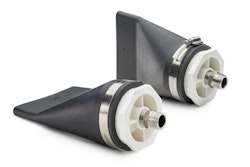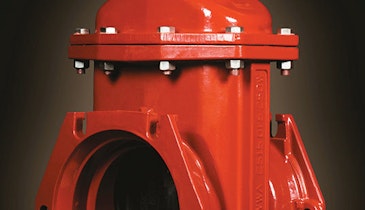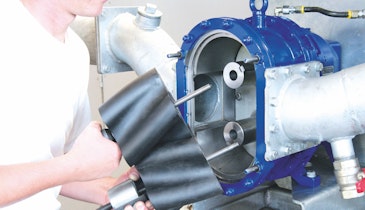
For a steadily growing percentage of wastewater treatment facilities, bubble diffusion systems are the centerpiece of an efficient, reliable and thorough aeration process.
In settings ranging from aerobic digesters and biological nutrient removal reactors to settling ponds and equalization basins, bubble diffusion systems distribute controlled bursts of oxygen from a blower or air compressor throughout the tank. This steady influx of oxygen discourages solids in wastewater from settling to the bottom of the tank, a vital concern in many primary and secondary wastewater treatment processes.
Questions surrounding the best ways to optimize diffused aeration technology are as diverse as the systems themselves. Where in the tank should aerators be installed to mix the entirety of the wastewater pool without leaving behind dead zones? What is the ideal bubble diameter to strike a balance between oxygen transfer and energy costs?
Operators in every wastewater facility that features a bubble diffusion system must ask one question, however, that is more consequential than any other: What happens when airflow suddenly stops?
Download the white paper to learn more about preventing backflow with duckbill check valves.
Download White PaperVisit the Proco Products Storefront





